Blog Posts Tagged Technical Content
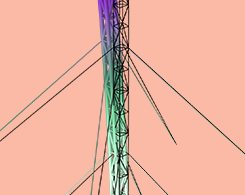
New Functionality for Buckling Analysis in COMSOL Multiphysics®
COMSOL Multiphysics® version 6.1 introduces functionality for handling a combination of fixed and varying loads in a buckling analysis. Get the details here.
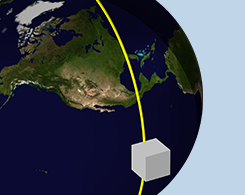
Computing Orbital Heat Loads with COMSOL Multiphysics®
As of version 6.1, the Heat Transfer Module includes a new interface for defining satellite orbit and orientation, orbital maneuvers, and varying planetary properties.

Using the Expression Operator in COMSOL Multiphysics®
What’s the difference between an expression operator and an analytic function? Find out in this blog post and see an example of an expression operator in action.
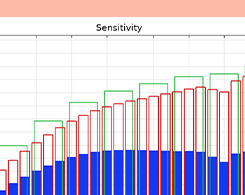
The Octave Band Plot for Acoustics Simulation
The Octave Band plot provides an easy and flexible way to represent any frequency response, transfer function, sensitivity curve, transmission loss, or insertion loss in your acoustics analyses.
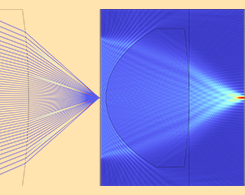
How to Use the New Spatial FFT Feature for Applications in Optics
COMSOL Multiphysics® version 6.0 includes the new Spatial FFT feature. Learn how this feature can be used in applications in optics here.
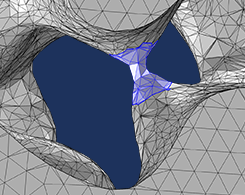
Editing and Repairing Imported Meshes in COMSOL Multiphysics®
COMSOL Multiphysics® includes several operations for modifying imported surface meshes. You can create, intersect, partition, and join entities, adapt and refine mesh elements, and more.
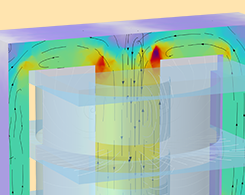
Computing Transformer Equivalent Circuit Parameters
The magnetizing and leakage inductances of a transformer can be found using an open-circuit test and a short-circuit test, respectively. Learn how to simulate these tests here.
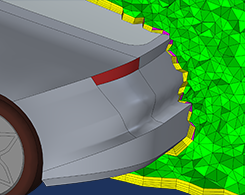
How to Inspect Your Mesh in COMSOL Multiphysics®
You’re meshing your model and a warning or error appears. So, what do you do? One option is to inspect the entities listed in the report to analyze and resolve the meshing issue.
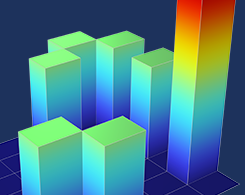
Getting the Stats: Computing Standard Deviations and Other Statistical Quantities
Here’s a comprehensive intro to computing and visualizing statistical quantities in COMSOL Multiphysics® .

How Large of a Model Can You Solve with COMSOL®?
Ever wonder how large of a model you can solve in COMSOL Multiphysics®? It depends on memory requirements, model size, and the dimension of your finite element problem.
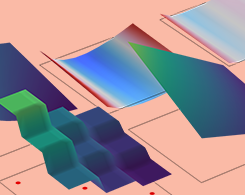
How to Evaluate Stresses in COMSOL Multiphysics®
Get a comprehensive introduction to evaluating various stress quantities in COMSOL Multiphysics®.
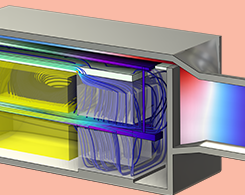
Modeling Speaker Drivers: Which Coupling Feature to Use
Explore how to model 4 different speaker drivers, including moving-coil transducers, balanced armature receivers, piezoelectric drivers, and electrostatic drivers.
